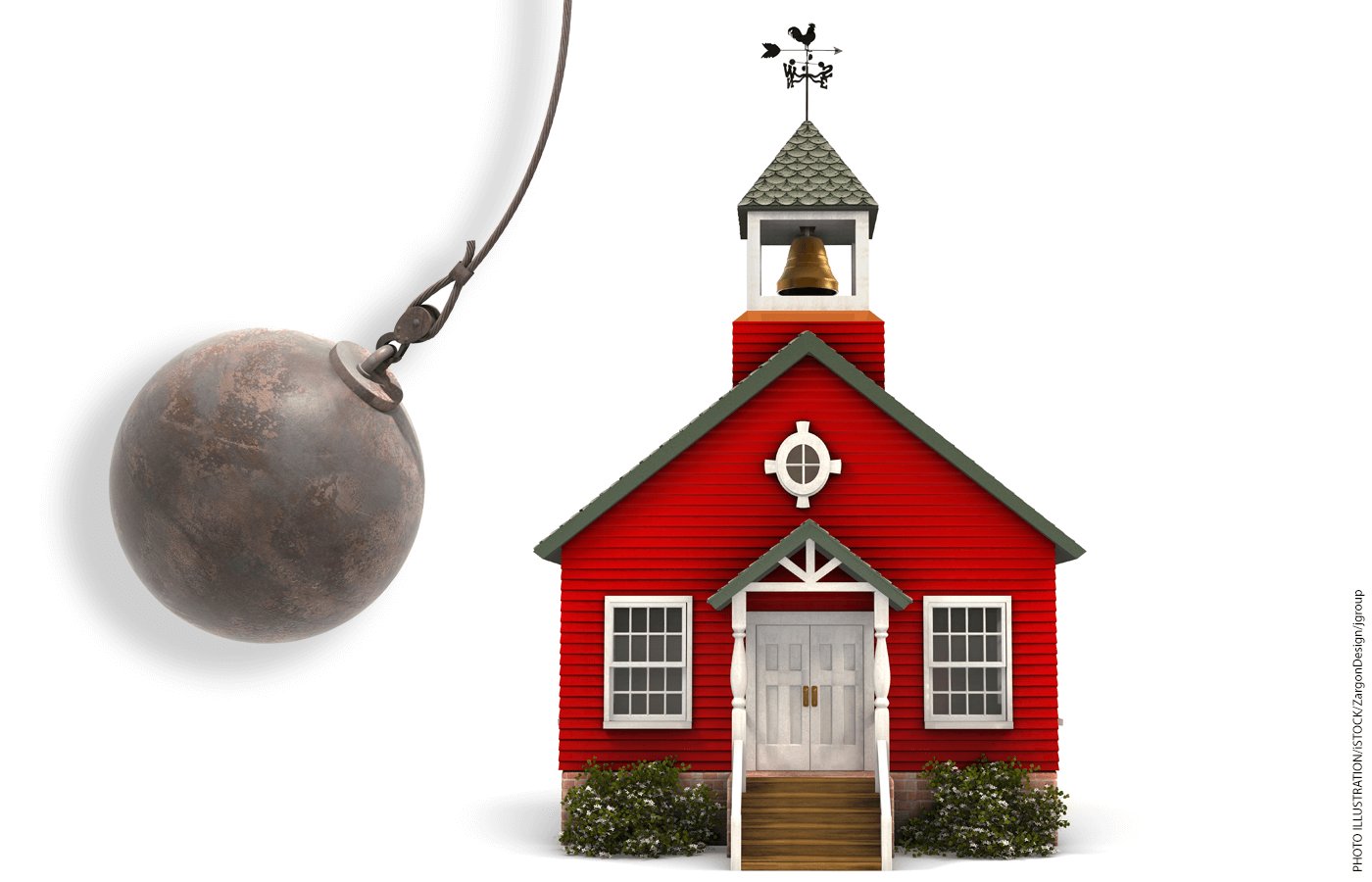
A few months back, I reflected on the 40th anniversary of “A Nation at Risk,” the landmark 1983 report. But there’s one important point that I didn’t really address: that the report was characterized by confidence in the DNA of Horace Mann’s familiar schoolhouse, whereas the momentum today is moving in a decidedly different direction.
This struck me a few weeks back, during a Reagan Institute panel commemorating the report. Arne Duncan, Bill Kristol, Geoff Canada, and I discussed what happened to the old bipartisan education reform coalition and whether a new version is possible.
In musing on the session, afterward, I realized we’d failed to touch on a fundamental, night-and-day difference between 1983 and 2023.
While it’s not widely remembered today, the apocalyptic language in “A Nation at Risk” was married to an intense faith in the conventional schoolhouse. What do I mean? Consider the report’s major recommendations:
- Increase the number of Carnegie units that students complete in high school in core subjects.
- Resist grade inflation, encourage colleges to raise admissions standards, and test students at key transition points.
- Extend the school day and school year.
- Raise teacher pay, make pay performance-based and market-sensitive, and require teachers to demonstrate content mastery.
All of these recommendations sought to make the traditional school systems more rigorous, time-consuming, and demanding. None of it envisioned any fundamental alterations to the schoolhouse as understood by Horace Mann or the architects of David Tyack’s One Best System. One consequence was that, especially in a less polarized era, leading figures on the left and right basically agreed on the merits of more courses, more testing, more minutes in school, and more pay for teachers. (Whether this agreement led to the kind of change they hoped for, or even any change at all, is another story.)
Today? For better or worse, the conversation about school improvement has fundamentally changed. Instead of more rigor, time, or testing, the most popular proposals tend to be more controversial and more disruptive to familiar routines.
The most popular initiatives today call for fundamentally changing the nature of the traditional schoolhouse:
- Charter schooling, education savings accounts, and school vouchers
- Calls to shift from traditional courses to mastery-based learning
- The embrace of digital devices, remote learning, and AI
- The push to overhaul career and technical education
In short, today’s reform agenda features proposals that would fundamentally change that old Horace Mann schoolhouse. It eschews the traditional building blocks of grades, Carnegie units, and time spent in favor of greater personalization, customization, and inventiveness. That makes for a very different and potentially much more contentious agenda.
The upshot is that, 40 years on, we’ve exited one era of school improvement defined by the attempt to bolster the “one best system” and entered one notable for attempts to dismantle it.
For good or ill, when we talk about the future of schooling, we need to do so with an understanding that today’s leading school improvement proposals are fundamentally different from those of the nation’s recent education past.
This has the potential to be a very healthy development, if pursued sensibly. That, of course, is no sure thing. As I write in The Great School Rethink, it’s time we reimagined the work of teaching and learning. It’s our task, though, to ensure that we do this in a fashion that honors the importance of rigor, knowledge, and mastery—and doesn’t dismiss them.
Frederick Hess is director of education policy studies at the American Enterprise Institute and an executive editor of Education Next.
This post originally appeared on Rick Hess Straight Up.


